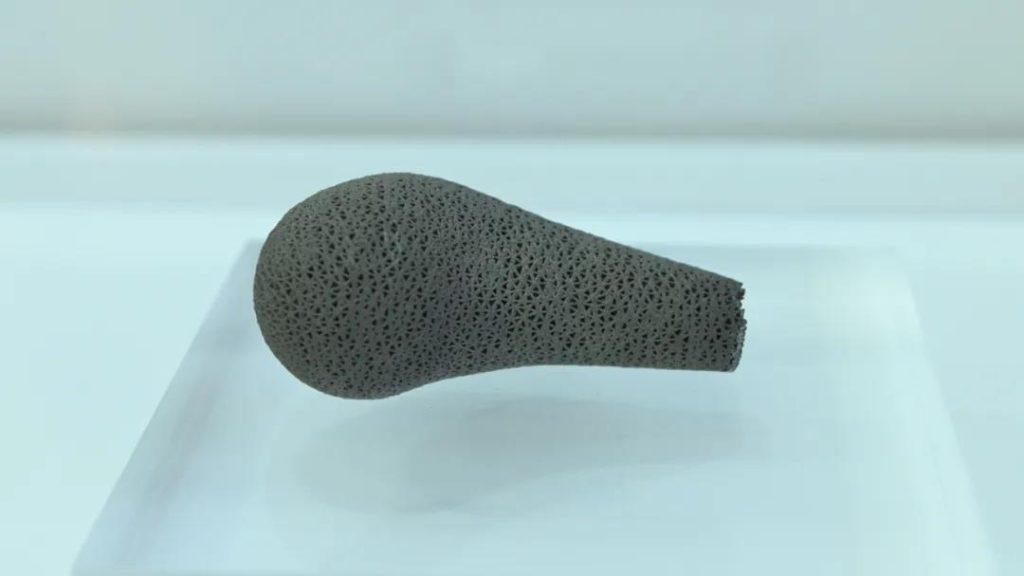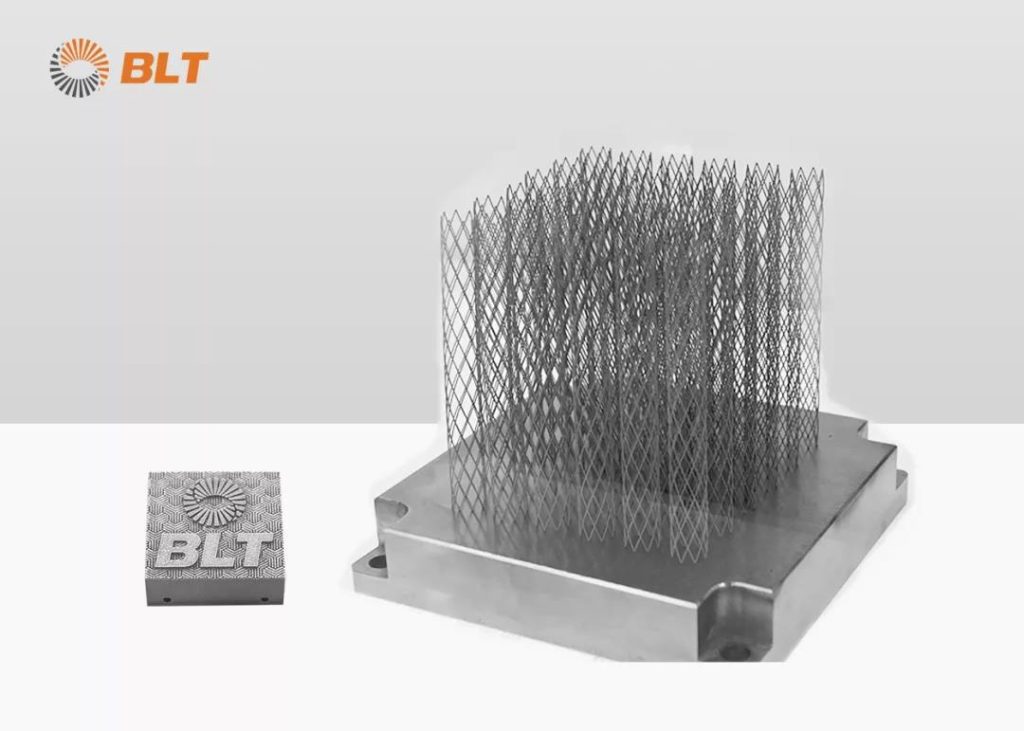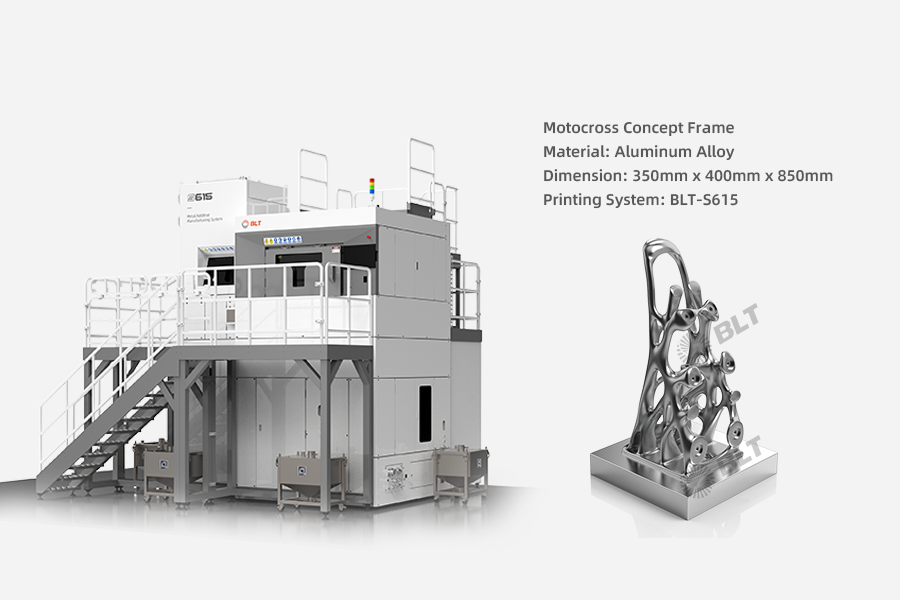Based on the research of porous orthopedic implants made of magnesium alloy, the Research Group at Tsinghua University’s Institute of Materials Forming and Manufacturing gave priority to foreign brands of metal 3D printing machine at the stage of machine selection. However, due to restrictive factors such as service and location, the group finally chose the high-quality machine of a national brand. After rounds of technical challenges, BLT was appreciated by Tsinghua University’s Material Forming Laboratory for its high-quality products and professional services. “BLT deserves acknowledgment, and both sides will continue to maintain in-depth cooperation,” Professor Wen commented.
From Trying to Buying
In order to efficiently complete frontier research topics, the Research Group led by Professor Wen at Tsinghua University’s Institute of Materials Forming and Manufacturing collaborated with a leading German university and an international equipment manufacturer. However, due to the long distance between the two sides and the fact that the international partner didn’t have a branch in China, there were many inconveniences in terms of service and communication, so the research group must find a high-quality domestic solution.
After plenty of investigation and surveys, Professor Wen focused on BLT. At the end of December 2019, after an in-depth communication, Professor Wen provided the test material to BLT to try to develop the material forming technology of magnesium alloy in China.
Having understood Professor Wen’s technical requirements in detail, based on the technical characteristics such as the high activity of magnesium alloys, low boiling point, serious slagging, and high requirements on machine safety, process stability, and matching degree of parameters, BLT specially set up an interdepartmental technical team to solve these technological difficulties. On the ground of extensive experimental facts, the special team successfully printed out the verification parts of magnesium alloy which met the technical requirements and developed customized parameters for magnesium alloy forming within just 40 days. Professor Wen said: “I personally went to BLT twice and saw those batches of test parts were all in good conditions.” The Research Group finally chose BLT as its strategic partner and adopted the forming parameters of magnesium alloy generated based on BLT-S210.

Building up Trust with Profession and Service
In 2020, the Research Group moved from the part-validation stage to the official production stage in the massive outbreak of the epidemic. Due to the impact of the epidemic in Beijing at the time, the selection of the site and the installation and commissioning of the machine faced huge challenges. Upon understanding the situation BLT actively communicated with the Research Group and decided to print at BLT factory in the first place, with the Research Group sending dedicated personnel to the site, so as to meet the periodic production requirements and ensure the project progress.Following the successful advancement of the project, the Research Group also purchased BLT-S210 furnished with forming parameters of magnesium alloy for regular material development, and the technical team of BLT also passed on to the Research Group the technical experience gained when assisting in the research and development.
Better Future with “Magnesium”
Magnesium, which is gentle to the body, is highly absorbable and biocompatible. Medical magnesium alloys have a density and modulus of elasticity close to that of orthopaedic implants, and have a controllable corrosion rate. Professor Wen believes that magnesium alloys have good application prospects in the field of cardiovascular implants and bone repair. Currently, BLT has successfully developed forming parameters for active materials such as magnesium and zinc alloys.

The Picture shows the parts of new materials printed by BLT machine: molybdenum electrode, nickel-titanium vascular stent



